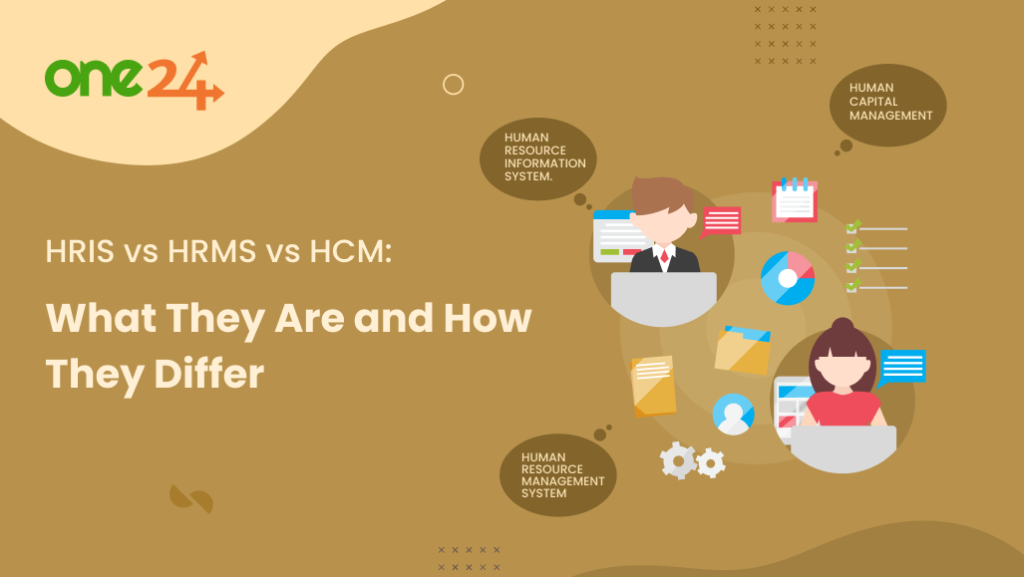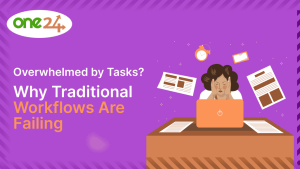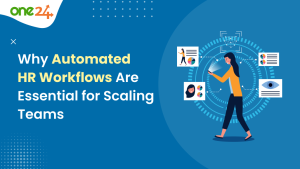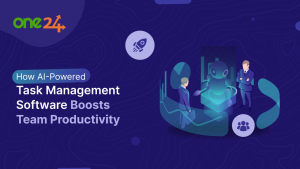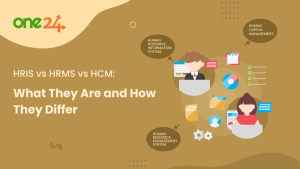Picking a new All in One HR Software can be confusing. You’ve got HRIS, HRMS, HCM, and every company says theirs is the best for making things easier and keeping employees happy. Honestly, it just makes things more confusing. It’s a real problem when trying to make a smart choice.
Picking the correct system is a really important choice for business leaders and HR staff. It affects compliance, how engaged employees are, and how flexible the company can be. But that decision gets muddied when the industry blurs the lines between these platforms. This blog is your clear, practical guide to understanding HRIS, HRMS, and HCM, so your next investment is strategic, not just reactive.
Decoding the Acronyms: What Each System Means
HRIS: Human Resource Information System
HRIS is the backbone of HR technology. Imagine it as a virtual filing cabinet. A strong platform to save and maintain employee information, monitor personnel activities, and execute simple HR functions. The central features typically involve:
- Employee records management
- Payroll administration
- Benefits administration
- Compliance reporting
- Basic self-service for employees and managers
Best for: Organizations seeking to digitize personnel records. And streamline essential HR processes without complex functionality.
HRMS: Human Resource Management System
HRMS builds on HRIS, adding breadth. Apart from the fundamentals? It adds modules for talent management, hiring, onboarding, time, and attendance. With learning & development too. That is to say, HRMS is a more integrated set of tools to handle the complete employee lifecycle, not only records. The key features typically include:
- Talent acquisition and applicant tracking
- Onboarding and offboarding workflows
- Training and development tracking
- Performance reviews and goal setting
- Scheduling and time tracking
Best for: Mid- to large-sized businesses seeking a unified platform for managing employee growth. And organizational development.
HCM: Human Capital Management
HCM expands the scope and the philosophy. HRIS and HRMS automate tasks, but HCM goes a step further by focusing on workforce planning and aligning HR with business goals. HCM systems include things like data analysis, planning for who will take over key roles. Figuring out pay structures and predicting future workforce needs. Key features are:
- Advanced analytics and dashboards
- Succession planning
- Compensation management and modeling
- Workforce planning and forecasting
- Global HR and compliance capabilities
Best for: Enterprises ready to turn their people strategy into a competitive edge and demanding the analytics to back it up.
Table: Quick Comparison of HRIS, HRMS, and HCM
| Criteria | HRIS | HRMS | HCM |
|---|---|---|---|
| Core Focus | Data management, compliance | End-to-end HR process automation | Strategic workforce management |
| Key Modules | Payroll, benefits, records | HRIS + recruitment, LMS, performance | HRMS + analytics, planning, global |
| Typical Organization Size | Small to medium | Medium to large | Large/global enterprises |
| Analytics & Strategic Tools | Limited | Moderate | Advanced |
| Integration Depth | Basic | High | Enterprise-grade |
Why the Confusion?
In the past, “HRIS” was the default computerized solution. But as the needs of HR evolved, vendors started adding more modules and renaming products as “HRMS” or “HCM”. In order to indicate more sophistication. Nowadays, these terms are used interchangeably at times, but the distinctions do matter.
Most platforms combine features, so some HRIS products have modules that are typical of HRMS, or HCM. Systems that are sold to small businesses. That’s why leaders must anchor their search in outcomes and current pain points, not just labels.
Practical Insights: Choosing What Fits Your Organization
How do you decide which system suits your business?
- Company Size: If you’re a small company, a simple HRIS might work. But bigger companies or those growing fast might want an HRMS or HCM system for the extra help.
- Growth Goals: If you’re focused on who will take over leadership roles later and helping your employees get better, look at HCM systems.
- Regulations: If your company is in an industry with a lot of rules, like finance or healthcare? Make sure the system you pick has good compliance features. This should be a top priority.
- Global Reach: If you have offices in other countries, an HCM system is what you need. These can handle different languages, currencies, and labor laws.
- Budget and System Compatibility: Keep in mind that more features cost more. Pick something that can grow with you and work well with your current systems for things like payroll, accounting, and benefits.
Key Tip: List your must-have features and pain points before engaging with vendors. Use this list to cut through marketing noise and focus on results.
The Conclusion
Investing in the right HR platform can totally change how your company finds talent, develops leaders, handles compliance. And plans for what’s next. Whether you start with an HRIS, switch to an HRMS, or go all in with HCM, the key is matching the tech to what your business actually needs.
Don’t get hung up on the acronyms. Instead, think about what you want your HR to achieve, and let that drive your choice. The top HR solutions today aren’t just systems, they can really help your business grow. Ready to discover your options? Build your requirements, seek out experts, and establish HR technology as your partner for a future more agile, people-driven.

